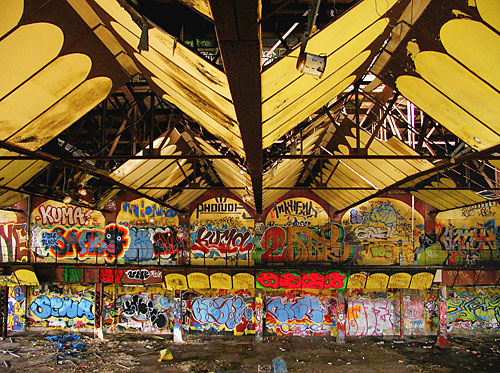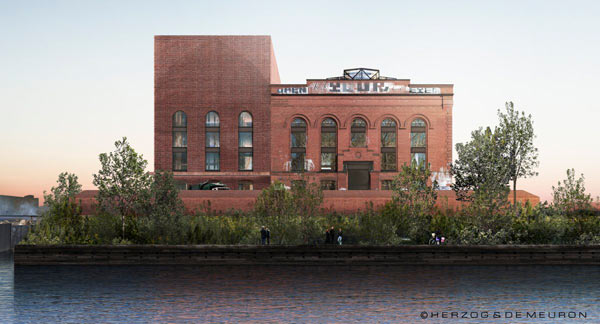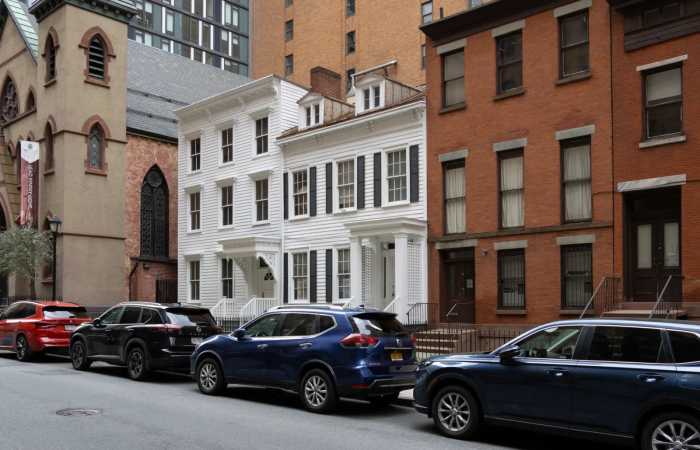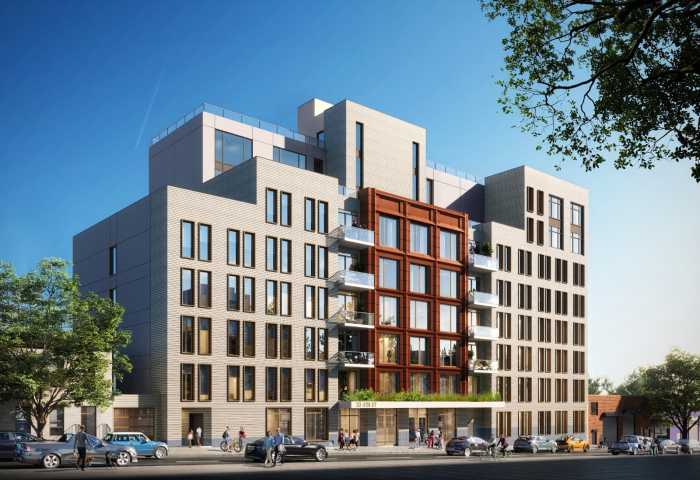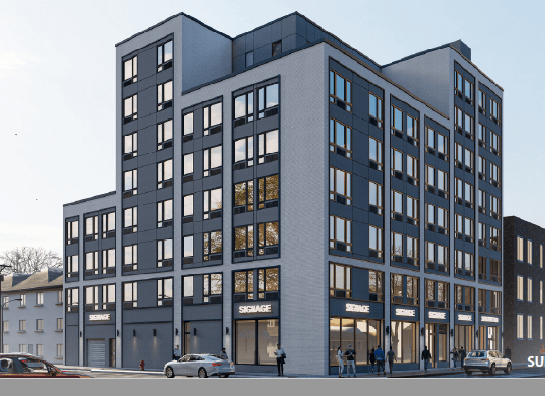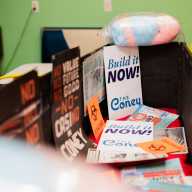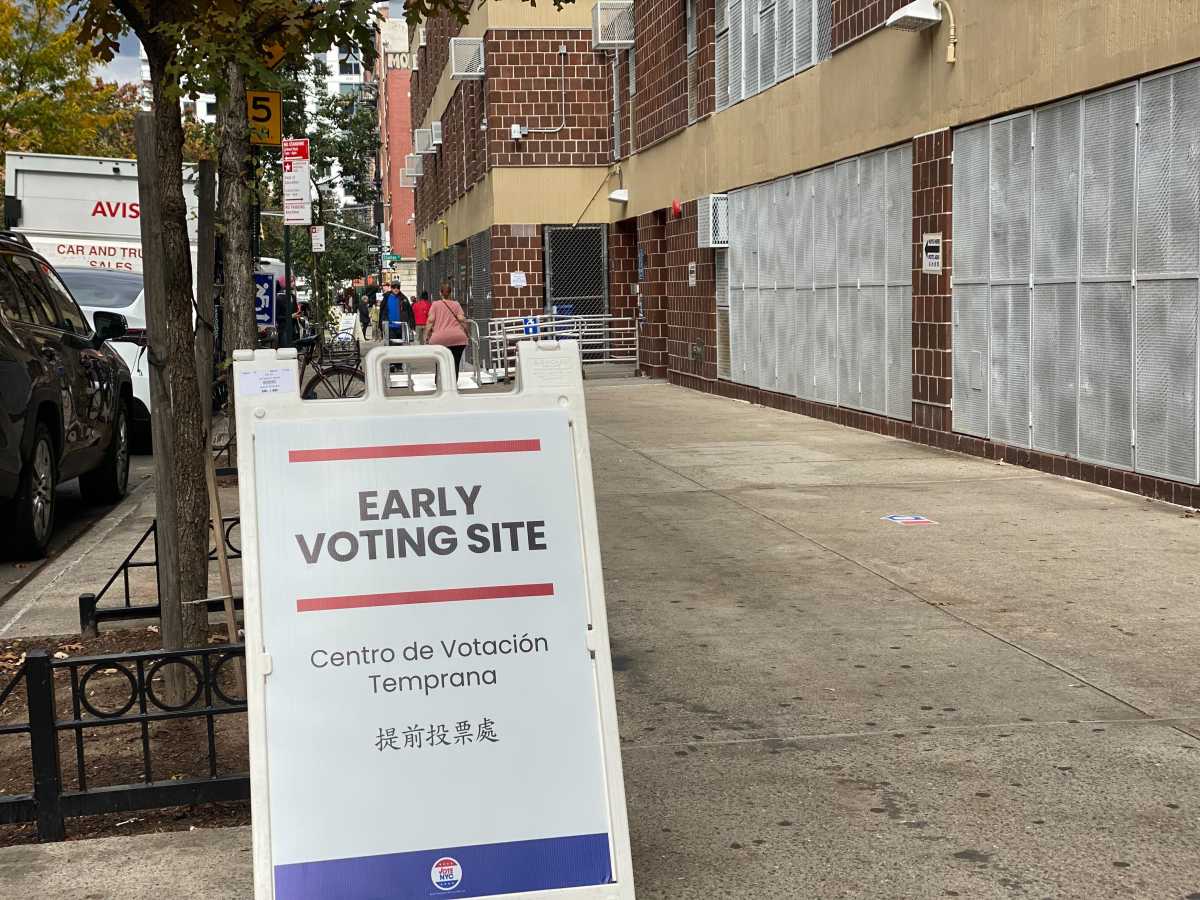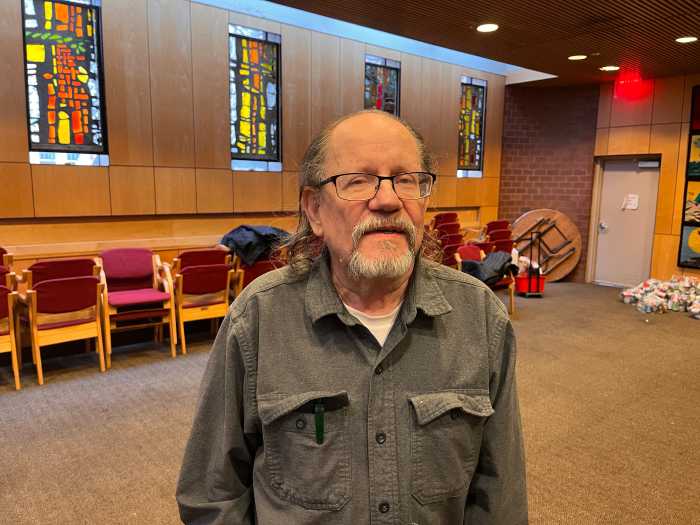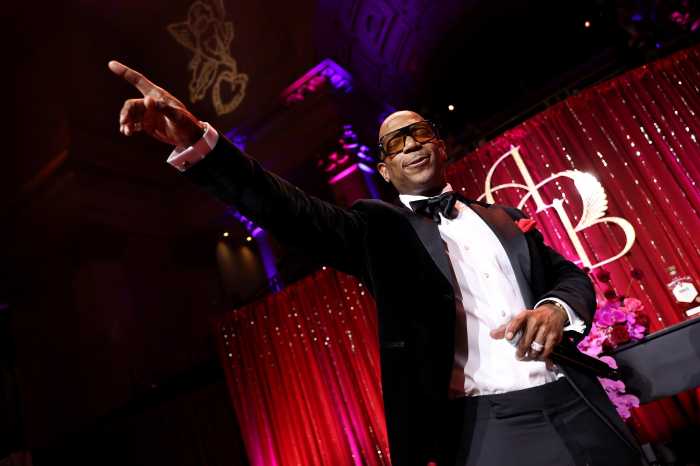Holy renderings, Batman!
The owner of Gowanus’s so-called “Batcave” — a turn-of-the-century former power plant and derelict punk hangout near the canal — has unveiled his plans to turn the property into a manufacturing center for works of art over the next three years.
Millionaire philanthropist Joshua Rechnitz purchased the famously graffiti-covered property on Third Avenue, between Carroll and Third streets, for a cool $7 million in 2012 — only a few months after the well-heeled bicycling enthusiast made a high-profile but ultimately unrealized pledge to build a $40-million velodrome in Brooklyn Bridge Park.
At the time, Rechnitz had envisioned the refurbished power station as a home for artists, with space for some 50–odd studios spread throughout the workshop’s loft interior, but later decided the need for somewhere to fabricate new masterpieces was greater, and re-envisioned it as an art-manufacturing center dubbed Powerhouse Workshop, according to a New York Times report.
The current plan is to install “state-of-the-art” facilities for the production of works in wood, metal, ceramics, and textiles, as well as printmaking, according to his foundation the Powerhouse Environmental Arts Foundation.
The redesign, by Swiss architecture firm Herzog and de Meuron — which also designed London’s famed Tate Modern gallery — focuses largely on restoring the main building, called the turbine hall, along with the reconstructing its now demolished boiler house, which renderings depict minus the twin smoke stacks and slanted roof that once characterized the bygone structure.

From the outside, the iconic building will largely resemble the power station that was — and the museum graffiti that wallpapers the inside will remain.
The structure began life as the Brooklyn Rapid Transit Power Station, a coal-burning plant built to supply electricity to the local steam railroad and street-car system in 1903.
The plant was decommissioned in the 1950s and the adjoining boiler house was later demolished, according to Powerhouse.
The property changed hands several times through the decades until its abandonment in the 1990s, and has sat derelict ever since, becoming a haunt for urban explorers and young punks, who covered the walls in graffiti and later dubbed the site’s rotting interiors as the Batcave sometime in the early aughts.
Rechnitz hopes to begin construction of the Powerhouse Workshop sometime this year, with completion slated for 2020.
